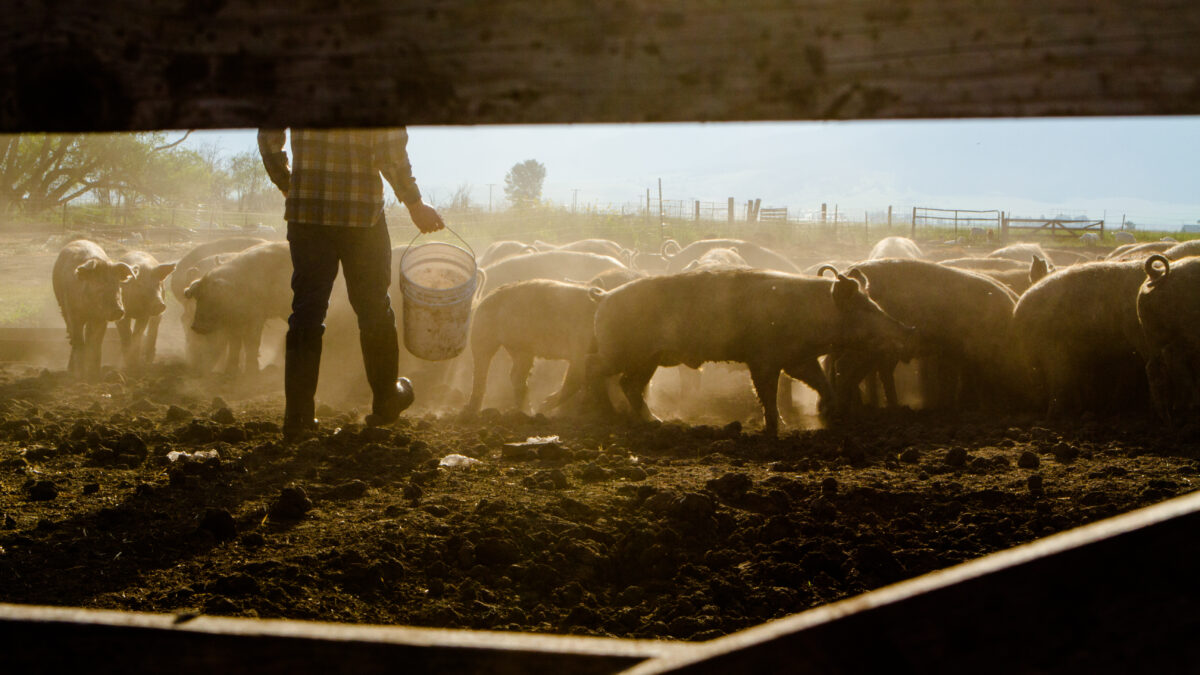According to data provided by the United Nations Food and Agriculture Organisation (FAO), global demand for meat is expected to increase by 40% over the next 15 years. The FAO notes that technological solutions will play a key role in agricultural and livestock production systems to ensure adequate food supply. Health, nutrition, welfare and productivity are factors that can be improved and increased with the appropriate technological tools, contributing to a sufficient supply of meat in the coming years. More specifically, sensors are one of the technologies that can be used in livestock farming operations to improve health and productivity. They are used in pig farming to monitor health and provide farmers with real-time online data from their operation. Sensors record temperature, carbon dioxide levels, water consumption, atmospheric pressure, and concentrations of ammonia and hydrogen sulphide. These data are collected and used to produce insights into pig health and to identify disease outbreaks. Lighting also plays a major role in pig health; red lighting may reduce animal aggressiveness. Sensors can also calculate the appropriate amounts of feed depending on the needs of each animal, while also monitoring stress levels, which may impact meat production. Finally, one of the biggest problems for livestock farmers today is mycotoxin contamination of animal feed. Mycotoxin prediction tools can mitigate this risk by monitoring feed quality.

✖









